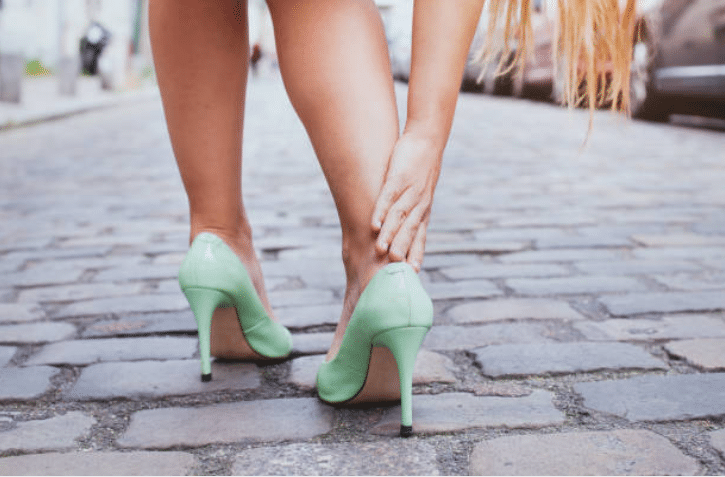We’ve all had blisters because of new shoes or repeated friction in unsuitable shoes (hiking, sports, etc.). This can also occur in new shoes that are too narrow. And when you’ve had a painful, fluid-filled plantar blister once, you dread having one again. It must be said that for such small lesions, the pain is still very high… At the end of the article, we give you solutions to disinfect them and quickly treat this wound. However, the best thing is to avoid them, so quickly try one of these six tips to prevent blisters! If you bought new shoes that rub during the sale (and therefore can’t exchange), this could save you a lot of hassle.
If the blister is already there, there are remedies for quick healing.
Natural solutions to prevent blisters on the feet
1) Moisturizing cream
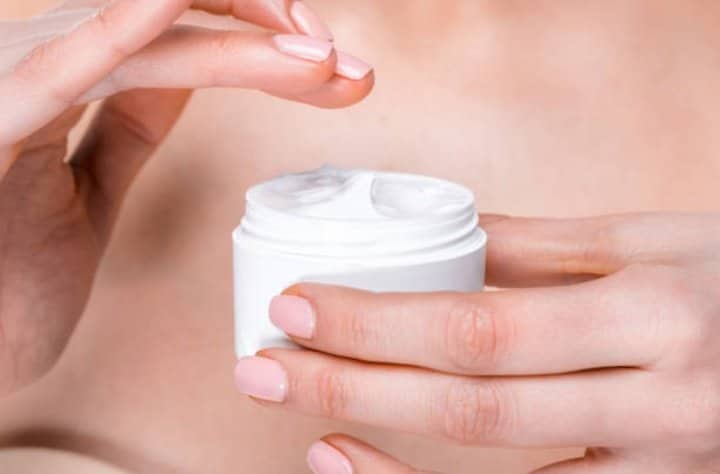
When putting on the pair, apply cream to the skin and a little on shoes at friction zones to reduce them. Indeed, if the skin is well lubricated, there will be fewer skin abrasions. As a result, this preventive action will eliminate the risk of irritation and overheating.
2) Aloe vera gel

For optimal efficiency, choose a 100% pure aloe vera gel without additives. If you apply it generously, ensuring that it is well absorbed, it will moisturize and protect the skin risk of blister. In addition to its moisturizing properties, aloe vera has anti-inflammatory properties which help soothe irritations already present. Furthermore, it will effectively prevent the appearance of infections if you apply it twice a day to an already installed blister! This will quickly relieve pain in the skin and promote healing linked to friction.
3) Coconut oil
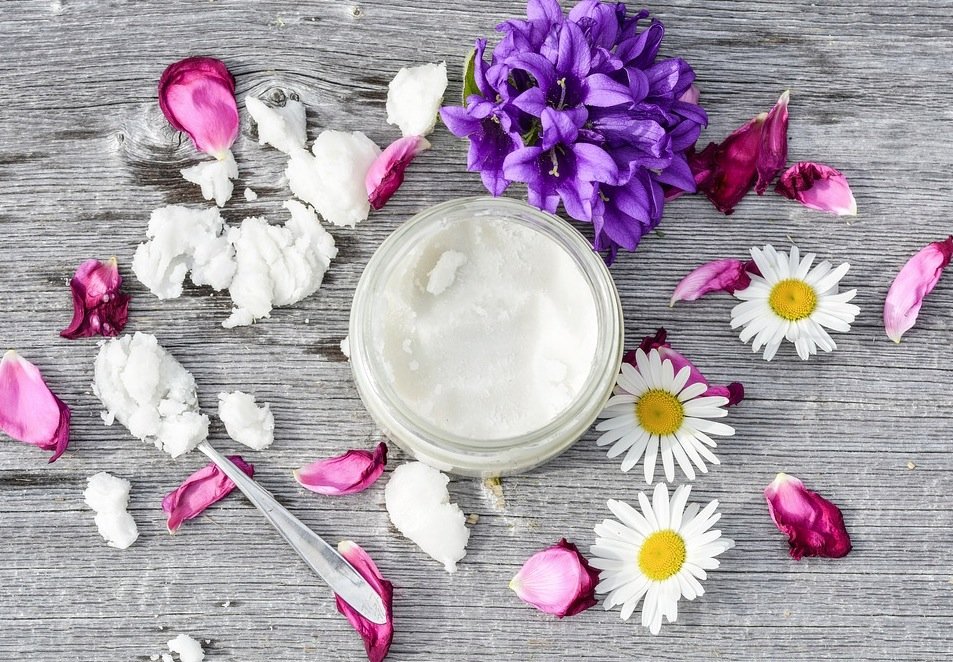
It applies both on the skin and on the areas of the shoe that exert pressure. Its antibacterial properties are perfect for treating an affected area. But in addition, it also works to prevent and avoid friction and blisters on the feet. And of course, it will effectively hydrate the skin. Coconut oil can also serve as a nighttime treatment. Apply a generous layer to feet before bed and wear cotton socks to promote absorption. In addition to preventing blisters, it will make your feet soft and well hydrated. Little sores on your toes won’t bother you anymore!
4) Talc
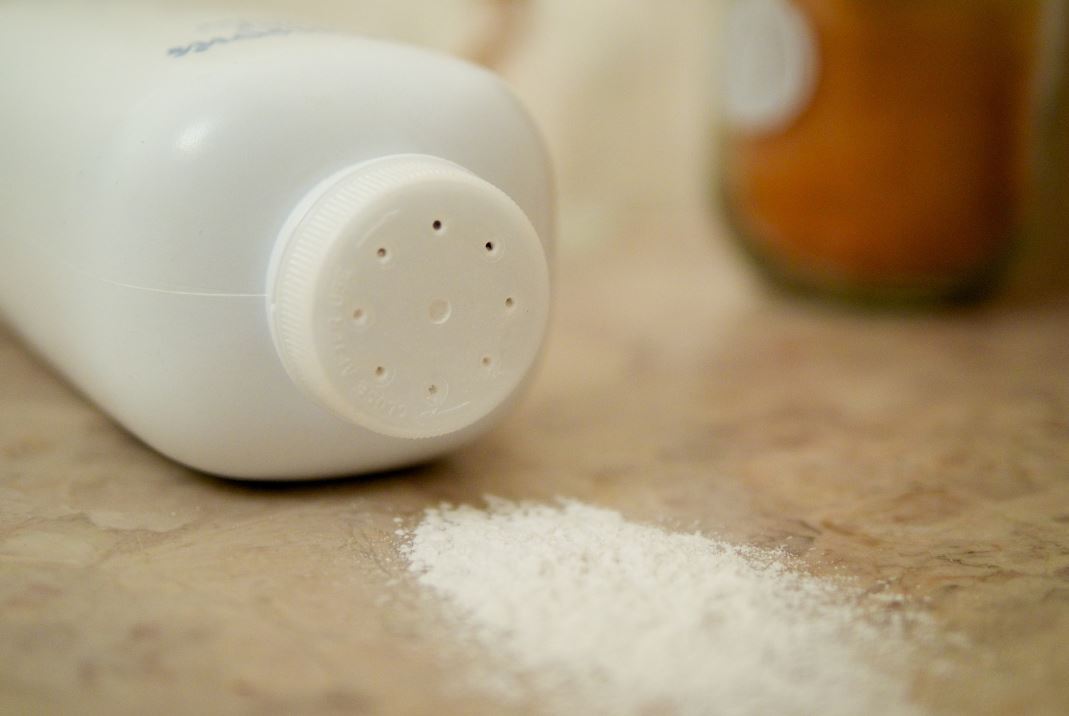
Baby powder can be sprinkled and massaged onto the foot and shoe to reduce humidity linked to perspiration. The latter actually increases friction in closed shoes. So, it’s a good tip for preventing blisters! Little extra: talc is also effective for prevent bad odors. Make sure to distribute the powder evenly over the entire foot, paying particular attention to the areas between the toes and the sole of the foot where perspiration is most abundant.
5) Vaseline

Like moisturizer and coconut oil, petroleum jelly keeps the skin supple and avoids contact with rigid shoes. For maximum protection, apply Vaseline not only to areas of friction, but also to interior parts of shoes that may cause friction. Vaseline forms a protective barrier which reduces the risk of blisters. Simply take a little with the tip of your finger or nail and massage localized areas with it!
6) Alcohol
On these leather shoes (and only leather!), alcohol can have a softening and slightly enlarging effect very appreciable. So, soak newspaper with this liquid and press it into the shoe to fill it with damp newspaper. Then leave for several hours. The use of alcohol can be repeated several times until the desired softening is obtained. However, be careful to do not saturate the leather to avoid damaging it. After this treatment, consider applying a nourishing product for the leather to maintain its suppleness and extend the life of your shoes.
With all of this, you should easily be able to avoid chafing and prevent painful blisters. However, knowing how to avoid these sores will save you from spending money on protective second skin dressings and antiseptic disinfectant. No more running to the pharmacist or podiatrist for treatment!
How to choose the right shoes to prevent blisters on your feet?
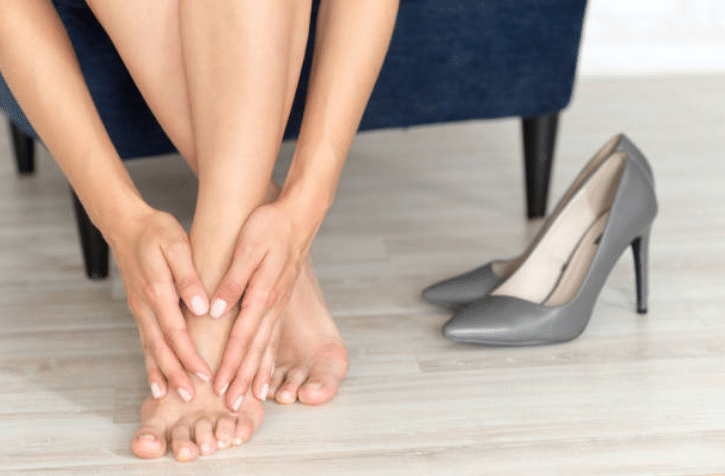
To avoid blisters on your feet, the choice of shoes is crucial. Here are some tips for choosing them wisely and thus preventing blisters. First, make sure the shoes are the right size. In fact, they should not be neither too tight nor too loose.
In particular, check that your toes have enough room to move without being compressed and leave a little space (about a centimeter) between the tip of the shoe and the tips of your toes.
Additionally, choose shoes that match the shape of your foot. Some people have wider feet and some narrower ones. However, there are shoes adapted to each type of foot. For specific activities such as hiking, running or working, also choose shoes designed for these particular uses. In addition, opt for breathable and soft materialssuch as leather or technical textiles that allow your feet to breathe and adapt better to their shape. Above all, avoid rigid materials which can cause chafing and blisters. Finally, look for shoes with good cushioning and arch support. In particular, cushioned insoles can help reduce pressure points and friction.
Little extra tips to prevent blisters on your feet…
Preferably, try the shoes on at the end of the day, when your feet are slightly swollento get a more realistic fit. Additionally, wear the socks you usually use with this type of shoe when trying on. After purchase, wear your new shoes gradually. Don’t start with a long walk or a whole day in new shoes. Wear them for short periods at first to allow your feet to get used to them and your shoes to soften.
And if necessary, use anti-blister socks, designed to minimize friction, or one of the anti-chafing products revealed above on the sensitive areas of your feet. With all that, no more plantar pain!


